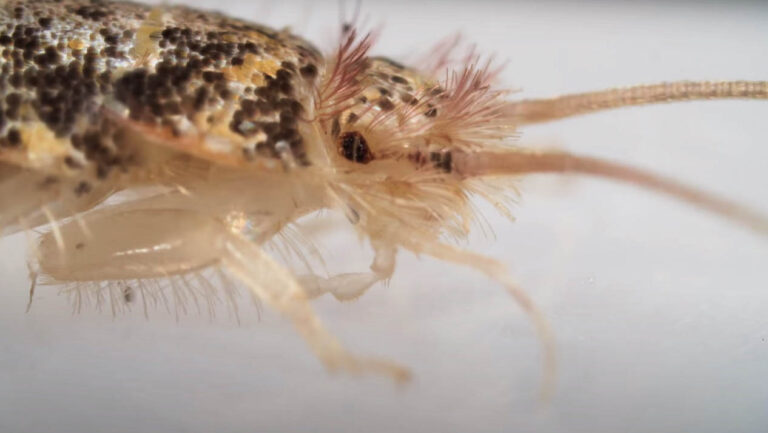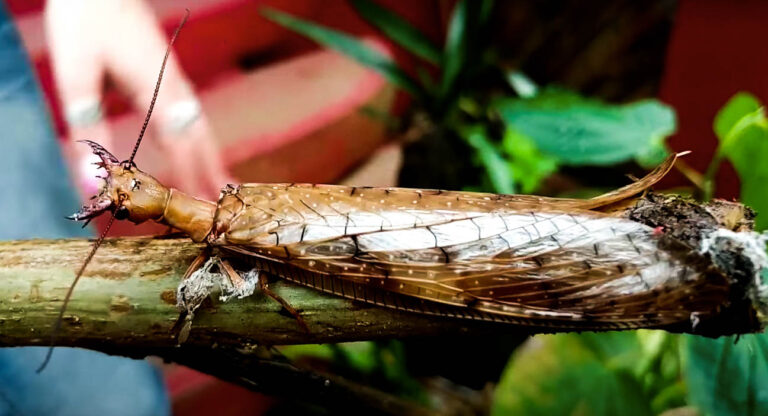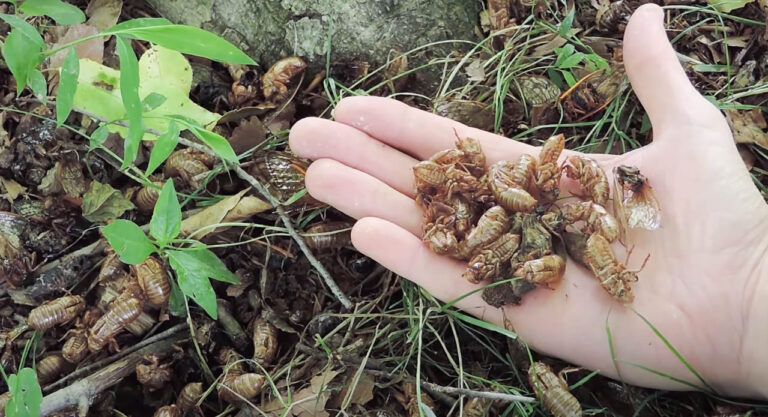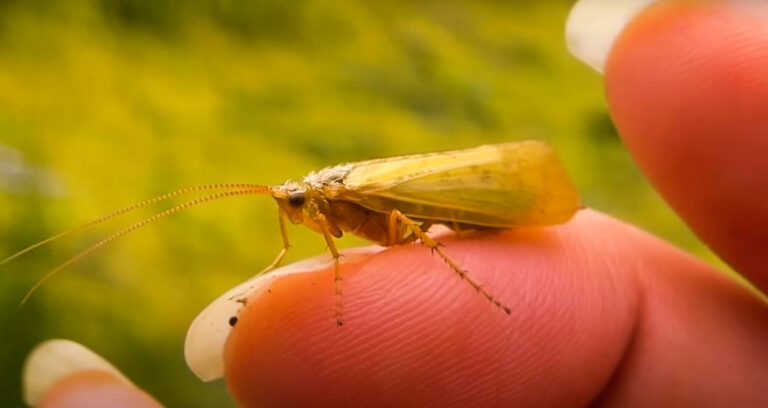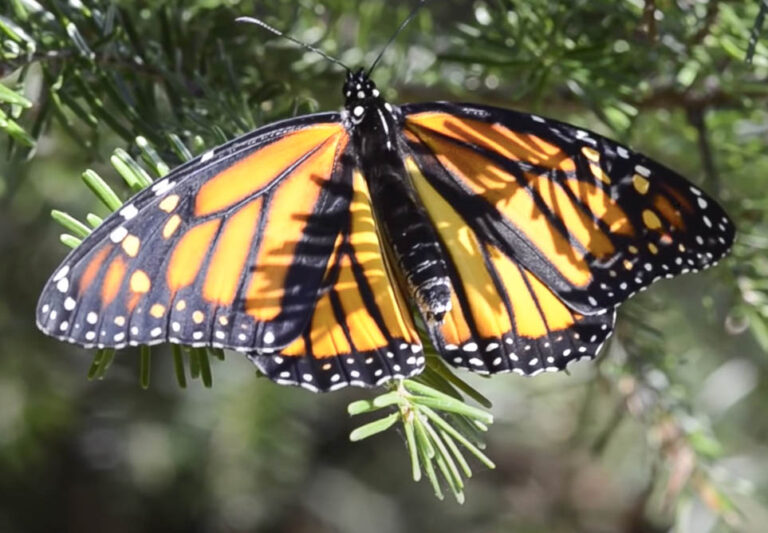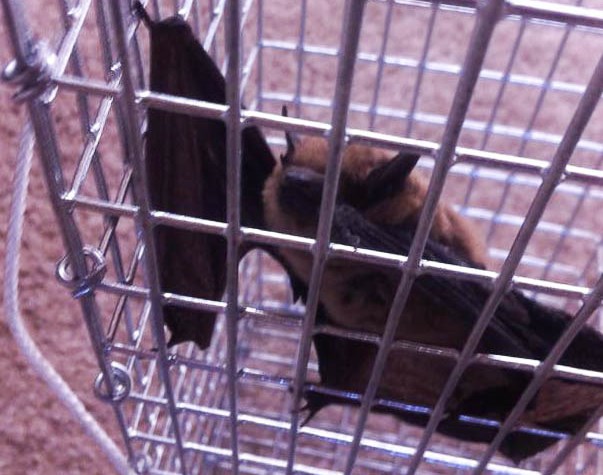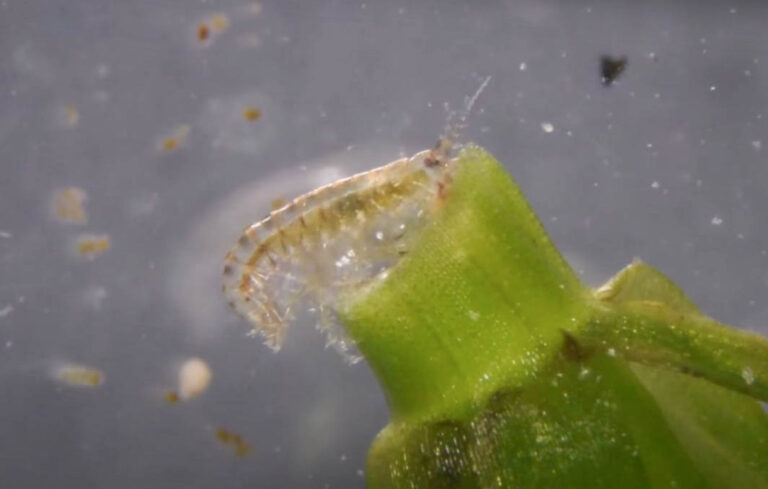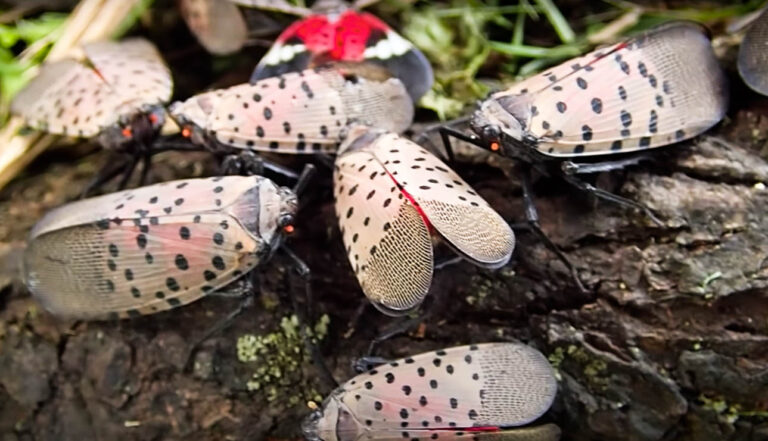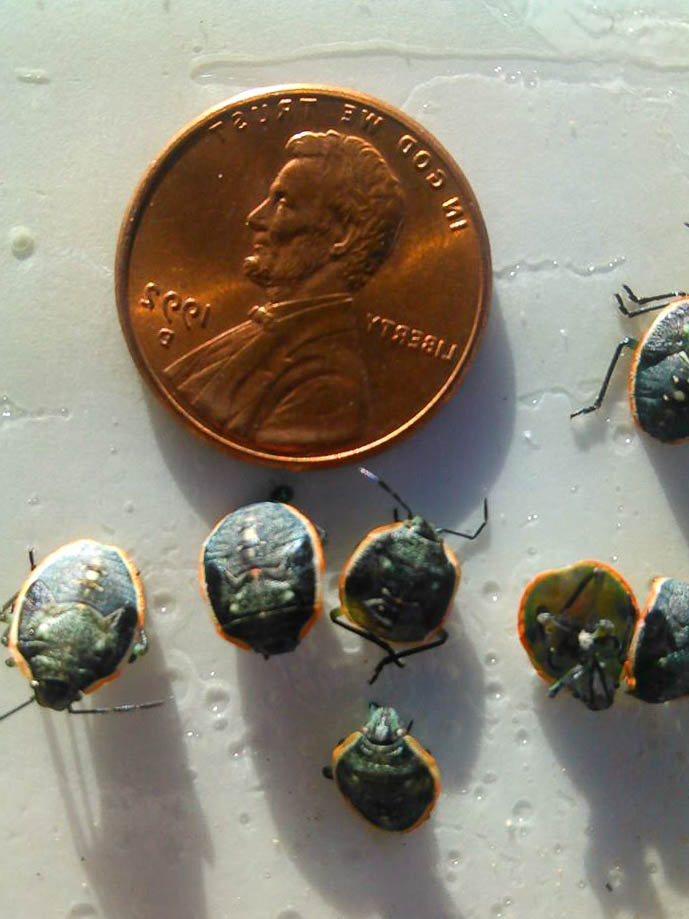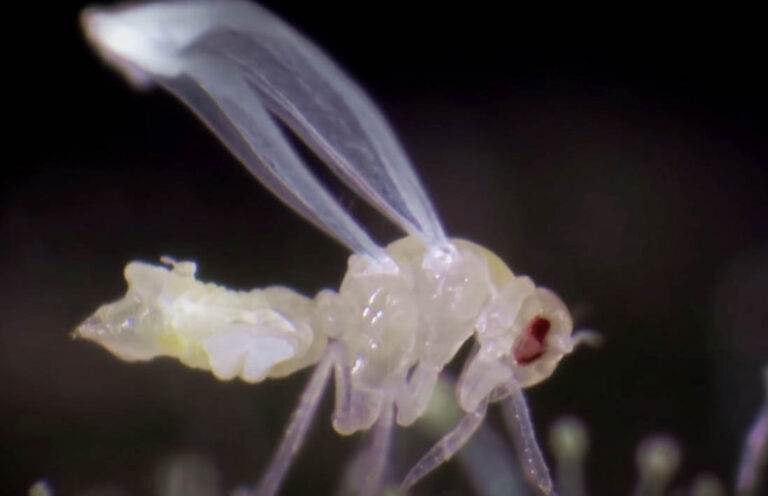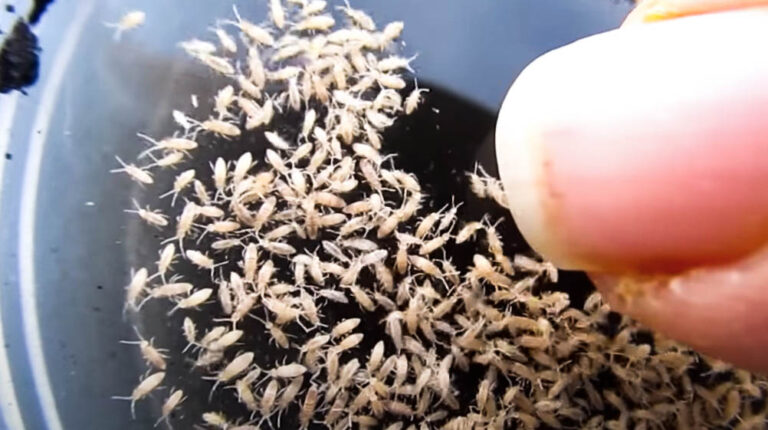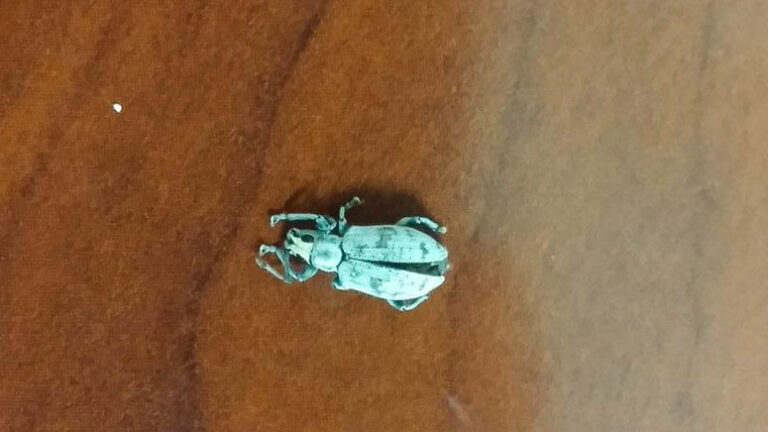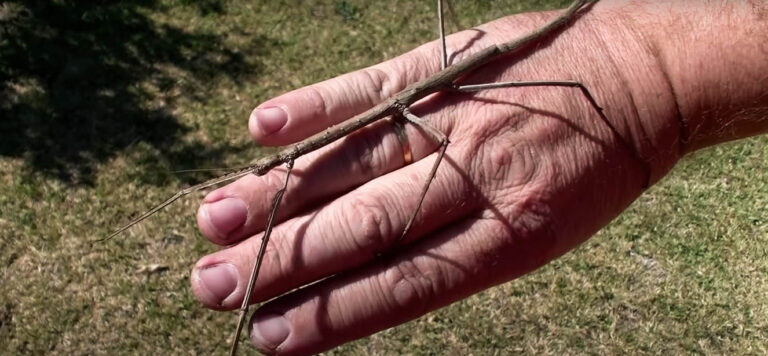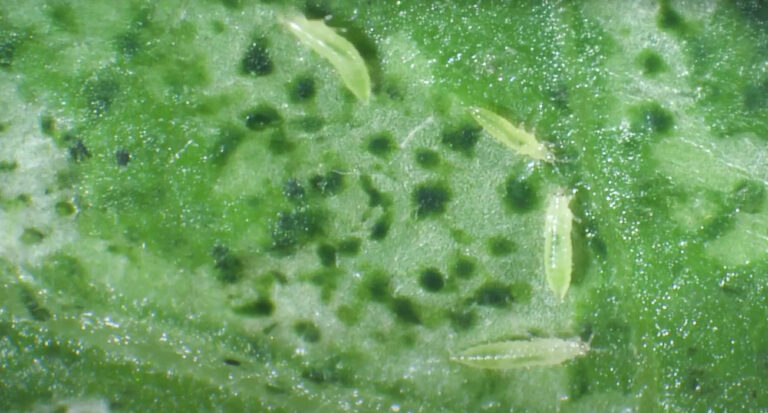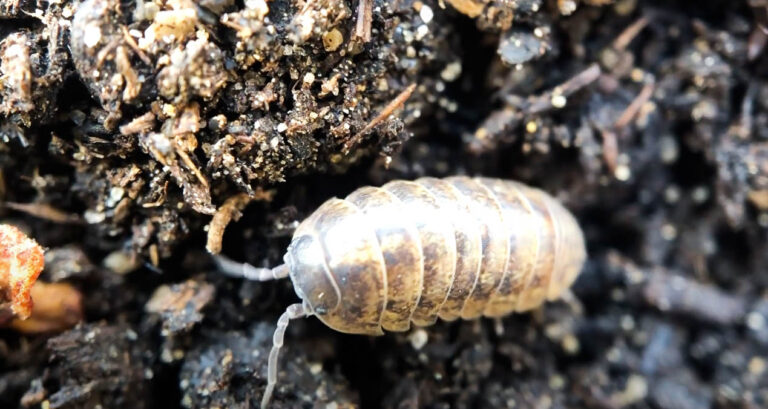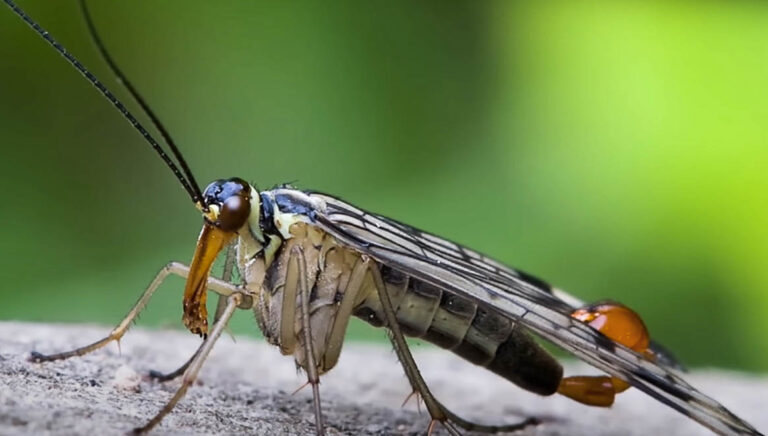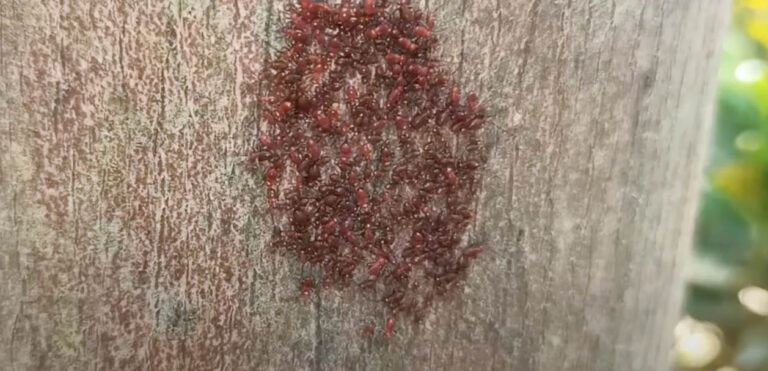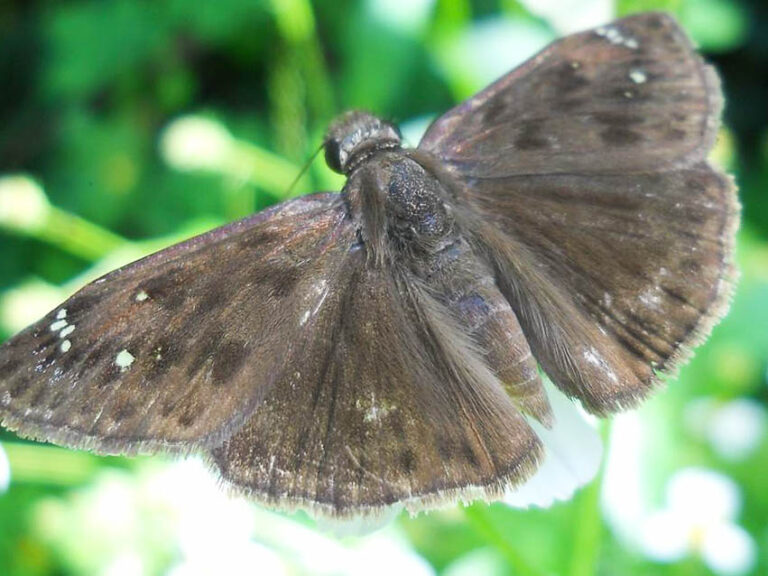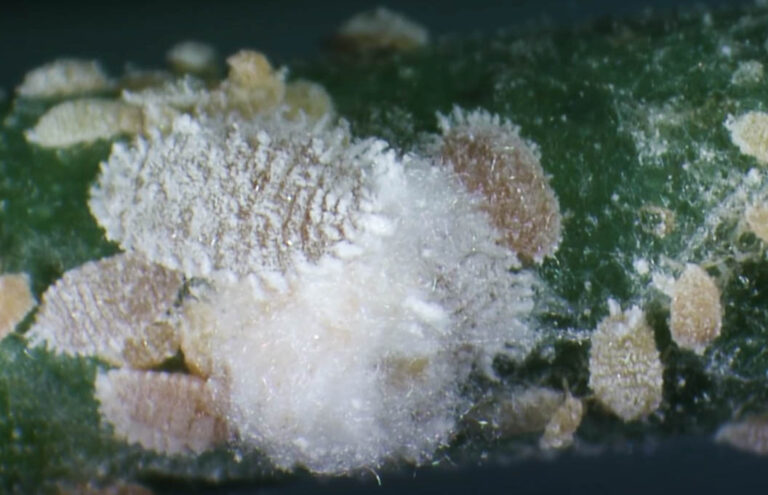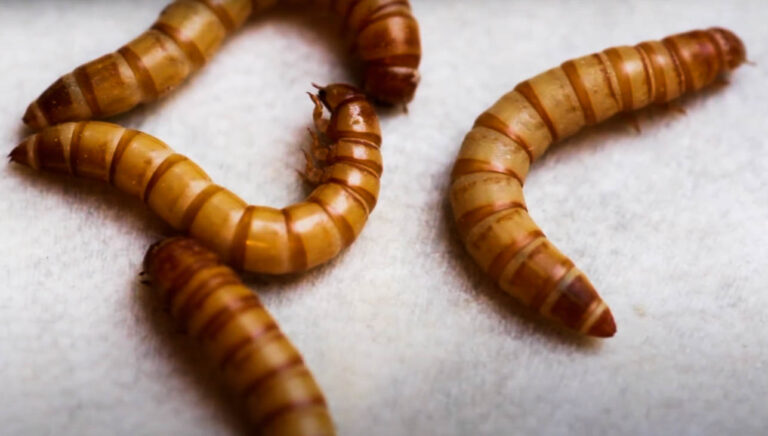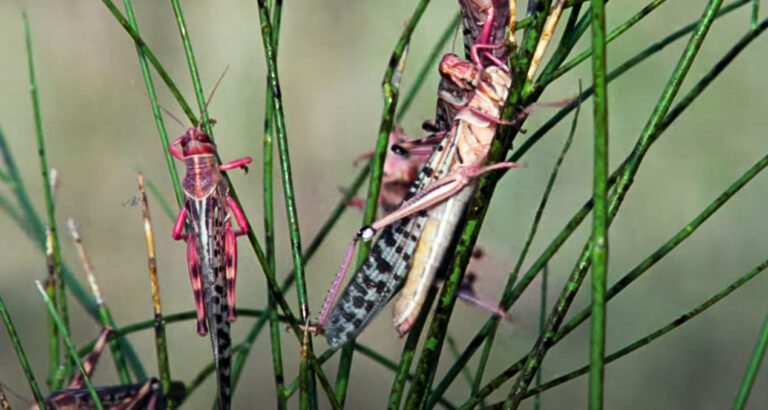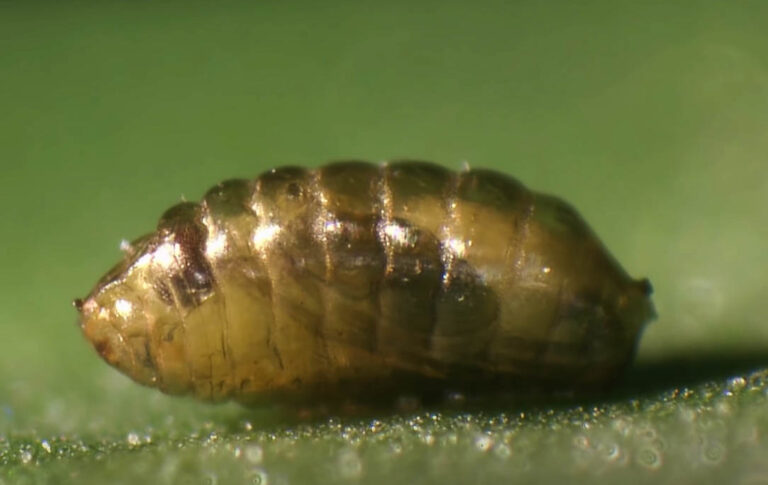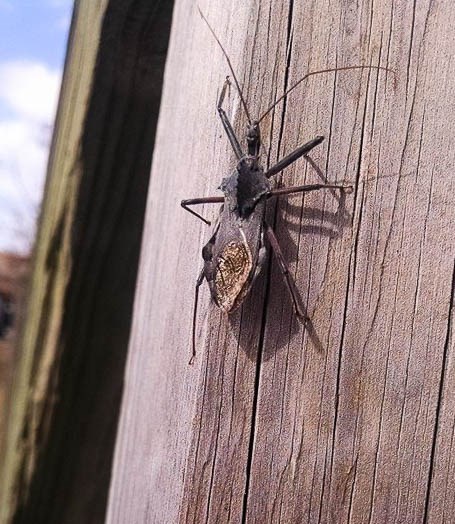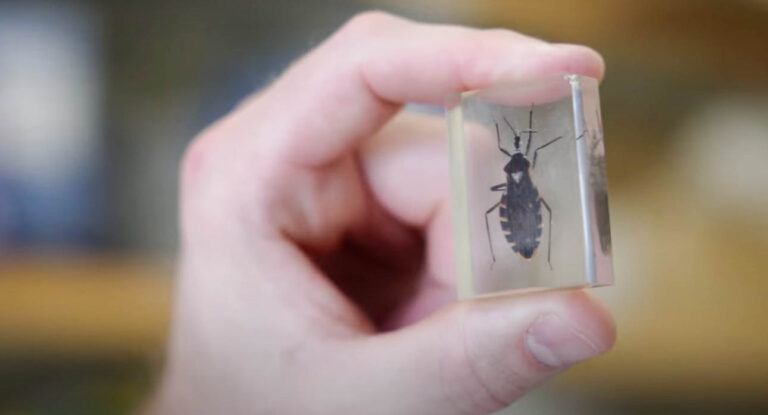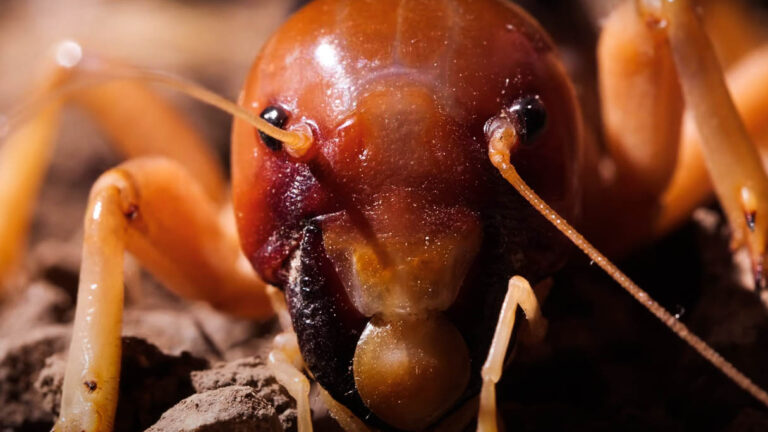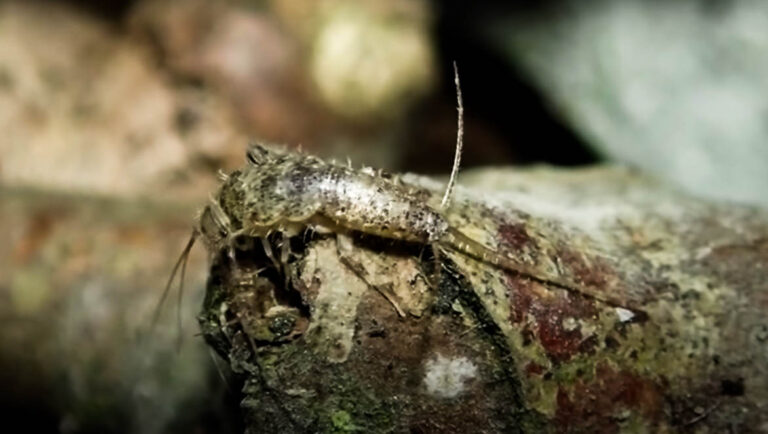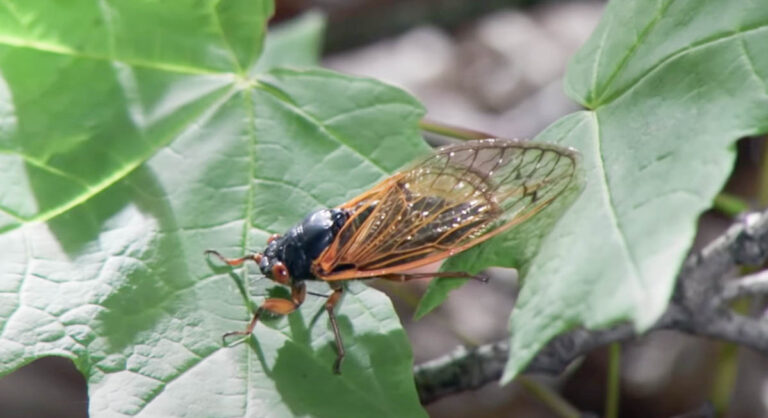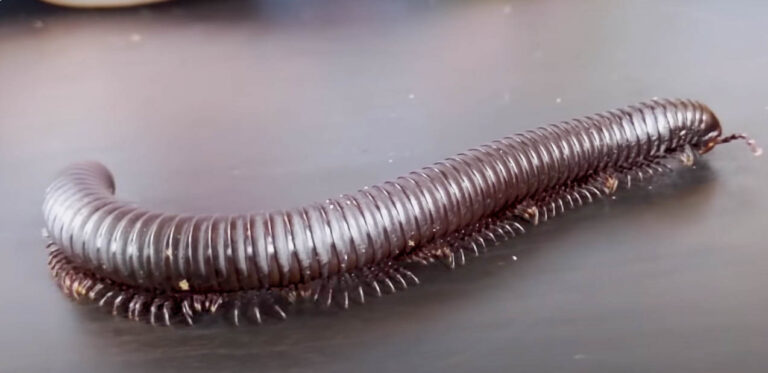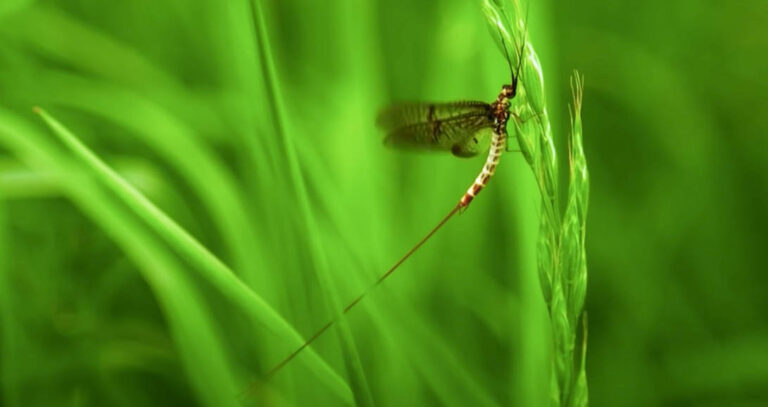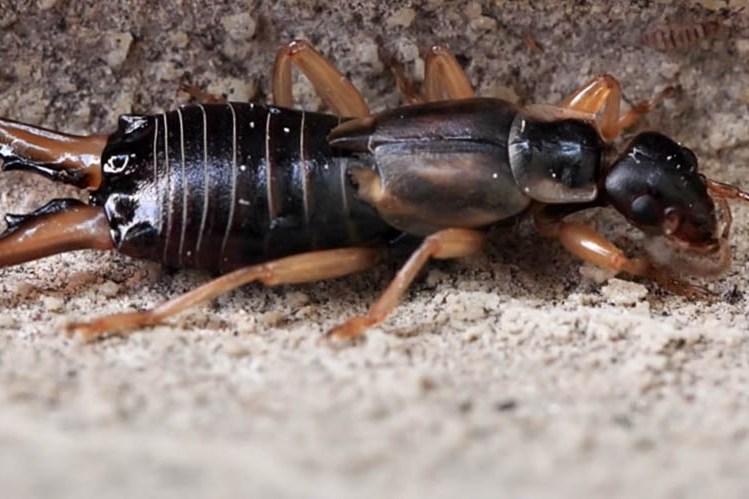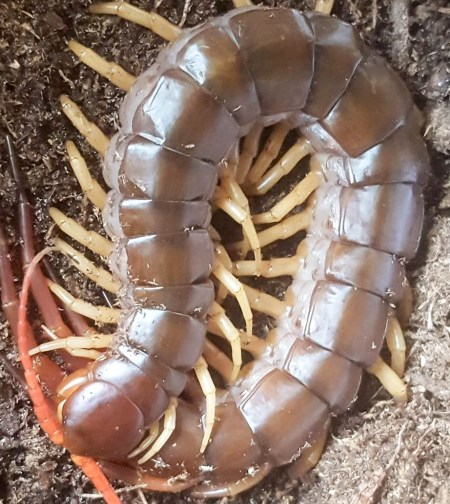About Dobsonflies
About Dobsonflies
As some of the most unique-looking insects on the planet, dobsonflies are startling at first glance. Rest assured, the dobsonfly will not put you in danger. However, these flying insects have the potential to be a serious nuisance, forcing many homeowners to get rid of them. Continue reading to find out more about the dobsonfly and how you can control them.
Appearance
It goes without saying that the most prominent feature of dobsonflies is their thin, long, stick-like appearance. Male flies have two large mandibles that extrude from their face, while females have smaller pincers. Male dobsonflies can get to be five inches long if you measure from the back edge of the wings to the tip of the mandible. Their bodies are long and are very reminiscent of twigs, with very large wings for their body size. To help them blend in better in nature, dobsonflies have a dull brown body color.
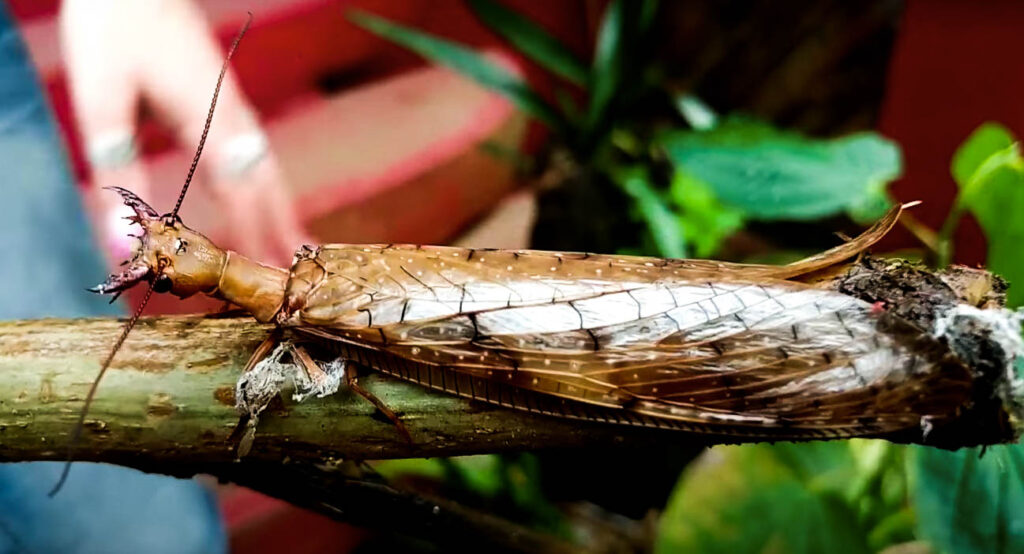
Behavior
The dobsonfly is known to spend most of its time very close to or in aquatic environments, rarely ever spending time in forests or grasslands. Looking at these creatures, it might surprise you to learn that they are harmless to humans, even though the female can leave a mostly harmless bite if provoked. It might shock you to learn that these massive flies spend most of their lives as larvae. Once hatched, the larvae go through growth stages of molting until they become mature dobsonflies. They spend only a short fraction of their lives as mature insects, as years go by in the larvae stage. Adult dobsonflies are not known to feed on anything, as they have all of their nourishment for their short adult lives from the larvae stage. While in the larvae stage, they will eat any other critters they can find in the water.
Habitat
As larvae, dobsonflies spend most of their lives completely underwater. Dobsonflies primarily are found in fast moving waters, such as streams or rivers. They prefer to find areas where they can hide from fish, yet still rush out and grab their own meals. For this reason, the larvae prefer the undersides of rocks, logs, and other underwater structures. Once the adult stage is reached, the dobsonfly will generally stay around aquatic sources, however they can potentially stray into the wild from time to time. If a dobsonfly invades your property, it is likely that they were attracted by a light and decided to stick around for a while.
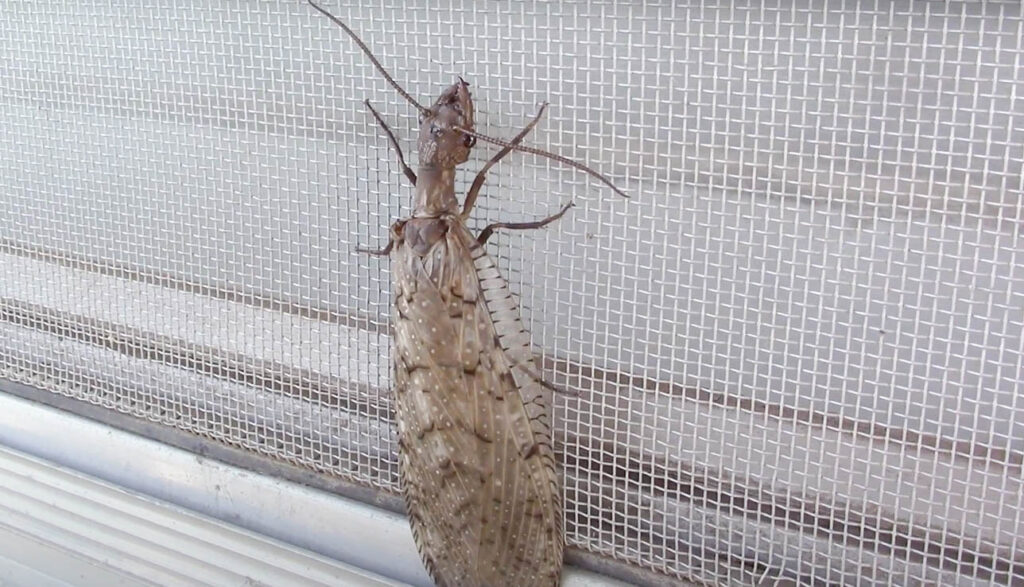
Damage They Cause
Dobsonflies will not damage your home or belongings, as they do not feed on any objects. They also will not spread diseases to humans, though the female fly can leave non- serious bites if it is agitated. There is no urgent or serious damage that dobsonflies cause to properties or humans. With that being said, they can be a serious nuisance if they arrive at your property in large numbers.
Infestation Signs
Since dobsonflies cause no damage to property or belongings, there really is no way to see an infestation if you do not see the fly itself. The most obvious infestation sign would definitely be seeing large groups of the insect in your home or on your property, as they are very large and hard to miss. If you suspect you have a dobsonfly problem, it would not hurt to inspect your home or your yard. Check any damp or humid areas of your home, such as a utility room, bathroom, or kitchen. If you have a pool or any sources of moisture on your property, it is wise to check them out, as they want to raise their young in water.
How to Get Rid of Them
If you do not have a large infestation of dobsonflies, and they are not inside of your home, it is likely the problem will take care of itself in a couple of weeks, as that is the lifespan of an adult dobsonfly. However, if you have large numbers or they are in your home, you have many options available to you in the form of insecticides. Be sure to pick an insecticide that will not put you or your family and pets at risk. If you can’t manage to get rid of your dobsonfly problem or if you need some help, be sure to reach out to a pest control company, as they know exactly what they are doing.

